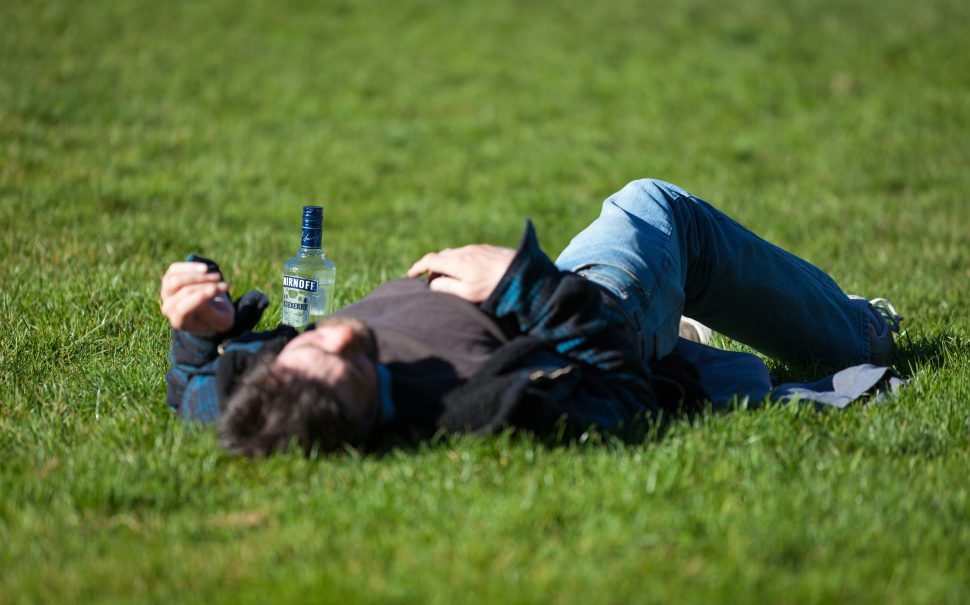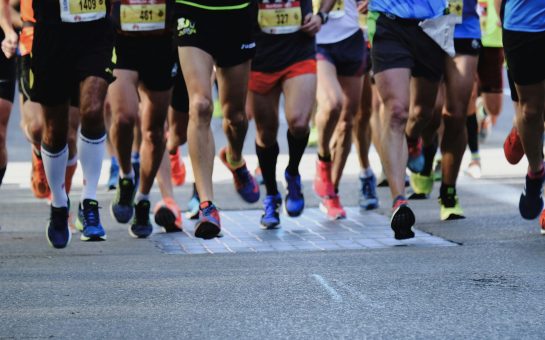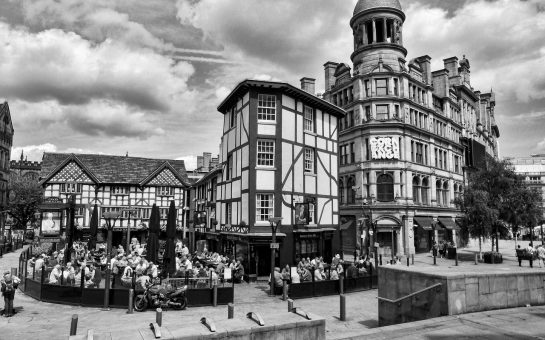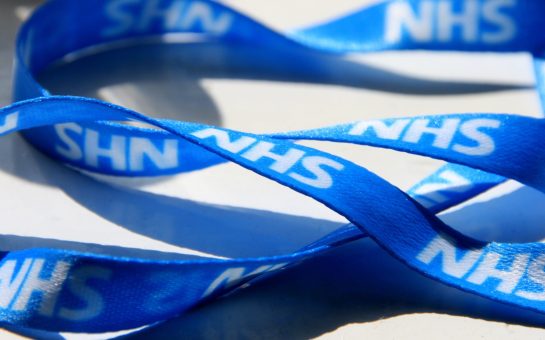The number of alcohol-related deaths in Greater Manchester has remained at its highest figure than in any other year since 2001, new data shows.
The latest Office for National Statistics figures show there were a total of 498 deaths in the county in 2022, the same number as the previous year in 2021.
This is an increase of nearly a third from five years ago in 2018, when there were 375 alcohol-specific deaths.
Dr Richard Piper, Chief Executive of Alcohol Change UK, said: “Each one of those deaths is a tragedy, representing a person who has had their life cut short and has left behind people who are grieving and miss them every day.
“Years of inaction on alcohol harm has led to this, and the heartbreaking thing is these deaths were totally avoidable.
“Our government has the responsibility and the power to put preventative measures in place, including proper regulation of alcohol marketing, clearer alcohol labelling, and a minimum price for a unit of alcohol.
“As part of a clear, long-term strategy to improve our health, these measures can prevent alcohol harm, protecting individuals, family members, communities and society – and crucially save lives in the future.”
The ONS stats show deaths specific to alcohol; it includes those health conditions where each death is a direct consequence of alcohol misuse.
As a result, alcohol-specific deaths incorporate a wide range of diseases, including alcoholic liver disease, alcohol-induce pancreatitis and excess alcohol blood levels, among other causes of death.
Broken down by Greater Manchester borough, the data for 2022 shows the highest number of deaths were in Manchester, with 82.
Following Manchester, the second and third highest number of deaths were in Wigan (60) and Bolton (53).
The lowest number of alcohol-specific deaths was 30 in Trafford.
Alcohol-specific deaths are also the highest the Northwest than in any other region of England and Wales, with a total of 1,334 in 2022.
The second highest number regionally was 1,065, which took place in the South East.
Greater Manchester Combined Authority has previously employed an alcohol and drugs strategy between 2019 and 2021, aimed at reducing drug and alcohol-related harm.
Kate Green, Greater Manchester’s Deputy Mayor for Policing, Crime, Criminal Justice and Fire, said:“Greater Manchester wants all of its residents to live well and tackling the harmful effects of drugs and alcohol is a key part of this.
“Working alongside NHS Greater Manchester we are taking a comprehensive, evidence-based approach to understand those who are at greatest risk and bring about positive change.
“Our Drug and Alcohol Transformation Board also does vital work to reduce the harms caused by drugs and alcohol by fostering understanding and collaboration between health and justice partners working in and across our ten boroughs.
“This extensive collaboration, plus our Drug and Alcohol Related Deaths Surveillance System, which uses treatment records and coroners reports to learn the lessons from each tragic case across public services, aims to reduce the likelihood of similar deaths occurring in the future.”
The ONS data can be found here.
Feature image credit: Thom Masat.




